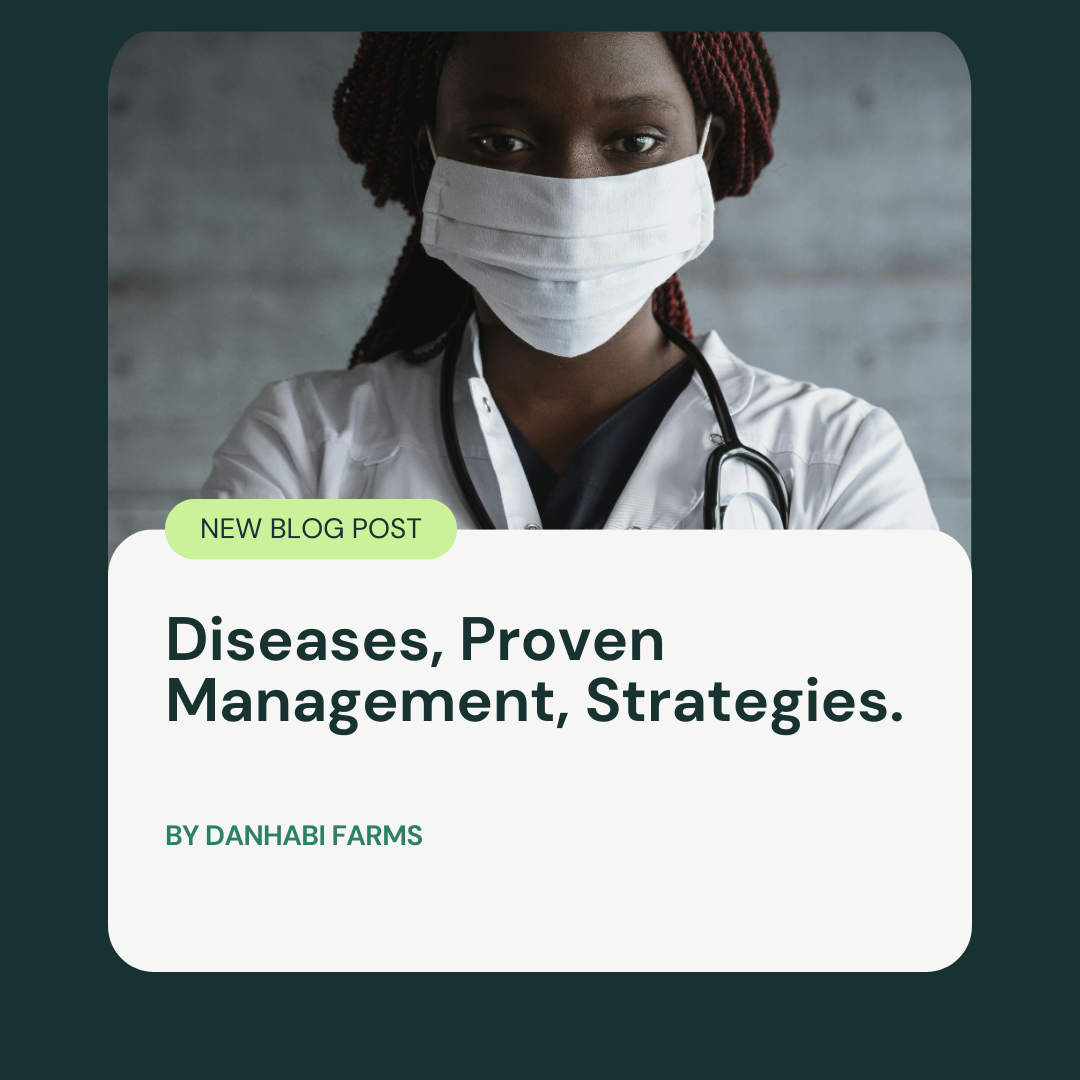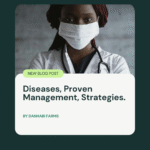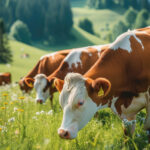| Disease | Annual Mortality (Key Species) | Economic Losses (USD) | Key Risk Factors |
|---|---|---|---|
| Avian Influenza | 100% (poultry), 25% (wild) | $1.4M+ per outbreak | Wild bird migration |
| Newcastle Disease | Up to 100% (chickens) | Billions | Poor vaccination coverage |
| Coccidiosis | 5–20% (clinical) | $3–14 billion | High-density farming |
| Marek’s Disease | 6–30% (poultry) | $1 billion+ | Vaccine-resistant strains |
| Fowl Cholera | 30% (wild birds) | Variable | Environmental persistence |
Poultry farming is a vital industry, providing meat and eggs to billions worldwide. However, poultry disease remains a significant threat to flock health, farm productivity, and economic stability. Outbreaks can lead to massive losses, reduced food security, and trade restrictions. As a poultry farmer or enthusiast, understanding common poultry diseases, their symptoms, and prevention strategies is critical. In this article, we explore the causes, management, and solutions for poultry disease to help you protect your flock.
Top 5 Common Poultry Diseases: Symptoms, Risks, and Prevention
Poultry diseases are caused by bacteria, viruses, parasites, and environmental stressors. Here are five major diseases every farmer should recognize:
-
Avian Influenza (Bird Flu)
-
Symptoms: Sudden death, respiratory distress, swollen combs, drop in egg production.
-
Risk: Highly contagious; can spread to humans.
-
-
Newcastle Disease
-
Symptoms: Sneezing, greenish diarrhea, paralysis, twisting of the neck.
-
Risk: Causes high mortality in unvaccinated flocks.
-
-
Coccidiosis
-
Symptoms: Prolonged sleep patterns, Bloody droppings, weight loss.
-
Risk: Parasitic infection common in young birds.
-
-
Marek’s Disease
-
Symptoms: Tumors, leg paralysis, vision impairment.
-
Risk: Viral disease affecting nerves and organs.
-
-
Fowl Cholera
-
Symptoms: Swollen joints, respiratory issues, sudden death.
-
Risk: Bacterial infection spread by wild birds.
-
How to Prevent Poultry Diseases: Best Practices for Farmers
Proactive measures are key to minimizing outbreaks:
-
Biosecurity Protocols
-
Restrict farm access to only important or necessary personnel.
-
Disinfect equipment, vehicles, and footwear as frequent as possible.
-
Isolate new birds for 2–3 weeks before introducing them to the flock.
-
-
Vaccination Programs
-
Work with a veterinarian to implement vaccines for diseases like Newcastle, Avian Influenza, and Marek’s.
- Insist on a vaccination schedule that will be strictly adhered to.
-
-
Sanitation and Housing
-
Clean litters regularly to prevent parasite buildup.
-
Ensure proper ventilation to reduce respiratory infections.
-
-
Nutrition and Stress Management
-
Provide balanced feed with vitamins and minerals to boost immunity.
-
Avoid overcrowding to reduce stress-related illnesses.
-
Treatment of Poultry Diseases: When and How to Act
Early detection saves lives. If you notice symptoms:
-
Isolate Sick Birds: Prevent disease spread.
-
Consult a Veterinarian: Confirm the diagnosis via lab tests.
-
Use Antibiotics Judiciously: Only for bacterial infections (e.g., Fowl Cholera). Avoid overuse to prevent antibiotic resistance.
For viral diseases like Avian Influenza, culling infected flocks may be necessary to contain outbreaks.
Economic Impact of Poultry Disease
The World Organisation for Animal Health (OIE) estimates that poultry diseases cause billions in annual losses globally. Outbreaks disrupt supply chains, increase production costs, and damage farmer livelihoods. Investing in prevention not only protects birds but also ensures long-term profitability.
FAQs About Poultry Disease
Q: Can humans contract poultry diseases?
A: Yes, zoonotic diseases like Avian Influenza can infect humans. Always handle sick birds with protective gear.
Q: How often should I vaccinate my flock?
A: Follow a vet-approved schedule. Some vaccines require boosters (e.g., Newcastle disease).
Q: Are organic farms at lower risk of poultry disease?
A: Not necessarily. All farms need strict biosecurity, regardless of farming practices.
Conclusion
Poultry disease poses a constant challenge, but with vigilance and proper management, farmers can mitigate risks. Prioritize biosecurity, vaccination, and early intervention to maintain a healthy, productive flock. Stay informed about emerging threats and collaborate with agricultural experts to safeguard your poultry business.
Call to Action: Share this guide with fellow farmers! For more poultry health tips, subscribe to our newsletter or explore our biosecurity checklist











